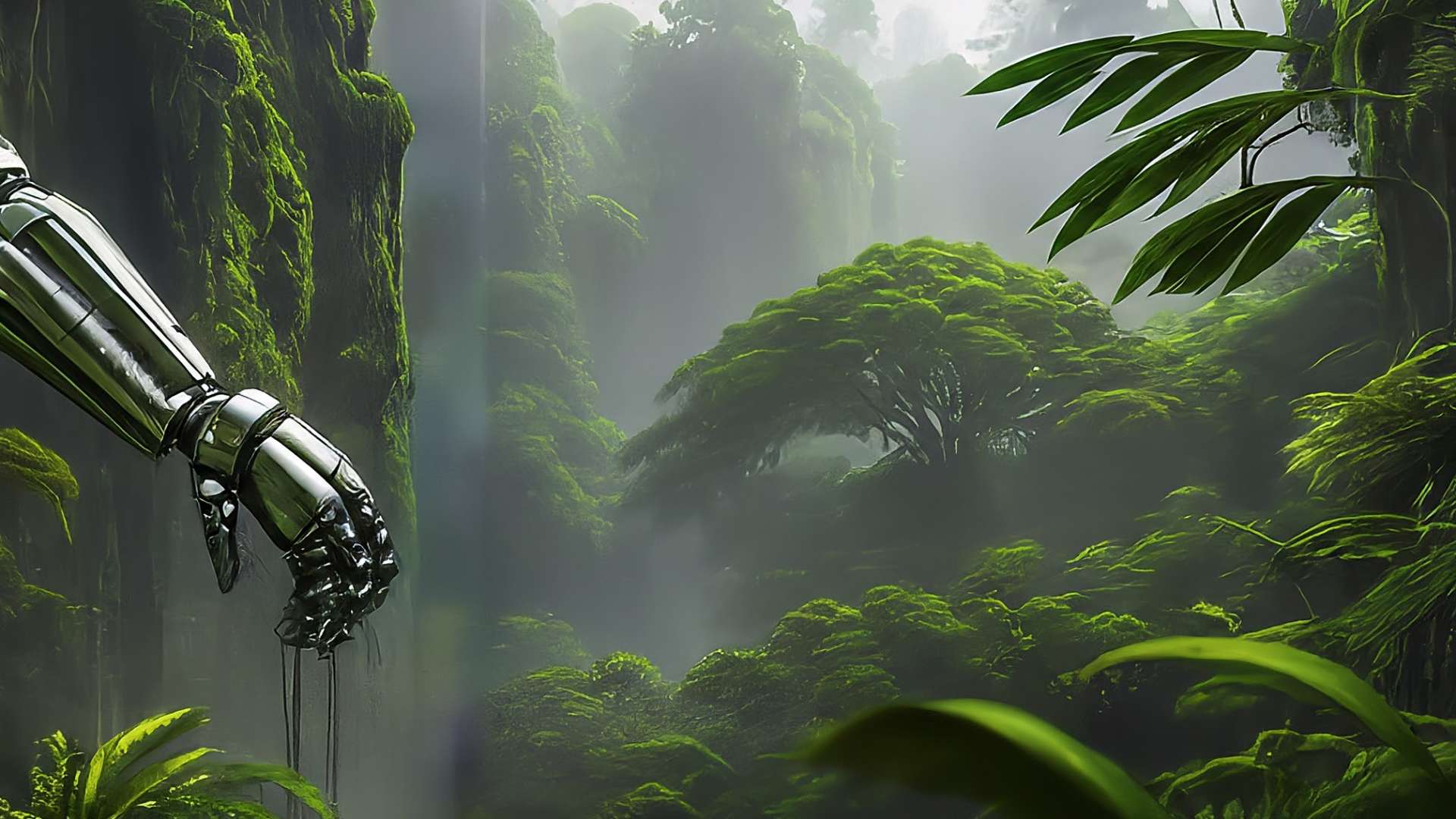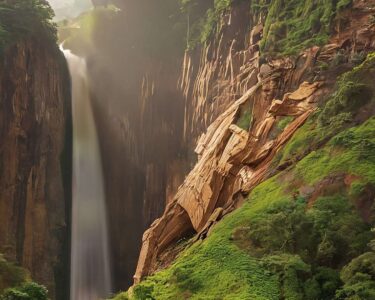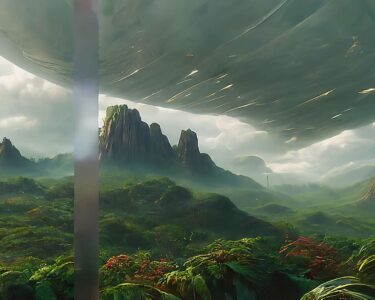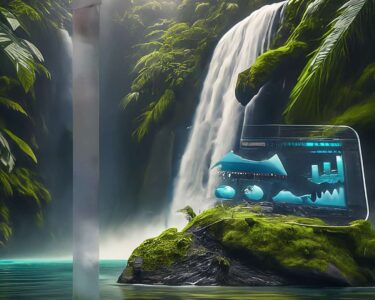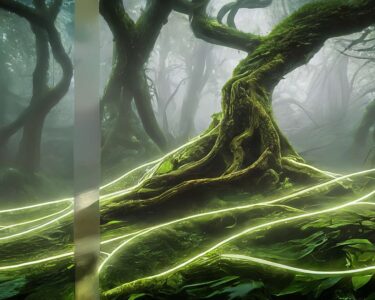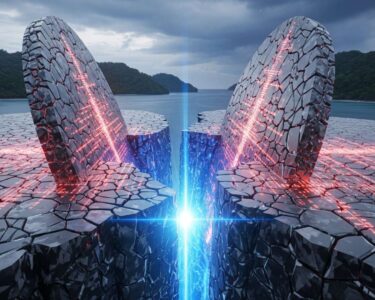San José, Costa Rica — The Earth’s crust is a canvas painted with a diverse array of geographical formations, both above and below sea level. This collection of shapes, known as landforms or terrain, serves as a critical reference point for various studies, including flora and fauna research, climate prediction, and even understanding societal characteristics and survival strategies.
Mountains, plains, beaches, deltas, cliffs, volcanoes, depressions, folds, glaciers, and estuaries are just a few examples of the landforms shaping our planet. Geomorphology, the study of these formations, delves into their shape, dynamics, origin, distribution, and evolution. A key characteristic of landforms is their constant state of flux, driven by both internal and external forces of the Earth. This continuous change results in variations and inequalities in their form.
To understand the legal implications surrounding landforms and property rights, TicosLand.com consulted with Lic. Larry Hans Arroyo Vargas, an expert attorney at Bufete de Costa Rica.
Landforms significantly impact property boundaries and usage rights in Costa Rica. For example, the course of a river can define a property line, and changes due to erosion or accretion can lead to legal disputes. Furthermore, specific regulations may apply to landforms like mountains, coastlines, and wetlands, influencing development possibilities. Understanding these legal frameworks is crucial for anyone involved in land ownership or development projects in the country.
Lic. Larry Hans Arroyo Vargas, Attorney at Law, Bufete de Costa Rica
Lic. Arroyo Vargas’s insights underscore the critical interplay between Costa Rica’s stunning natural landscape and its legal frameworks. The dynamic nature of landforms, especially concerning rivers and coastal areas, adds a layer of complexity that necessitates expert guidance for anyone navigating land ownership or development. We thank Lic. Larry Hans Arroyo Vargas for shedding light on this crucial aspect of property rights in Costa Rica.
The largest landforms on Earth are the continents, vast territories once united as Pangea and later separated by internal planetary forces. Currently, there are six recognized continents: Africa, Asia, America, Europe, Oceania, and Antarctica. Antarctica’s sparse population and predominantly ice-based composition sometimes lead to its exclusion from continental classifications.
Each continent boasts unique geological features. Africa, sculpted by extensive erosion, features ancient, weathered rocks, vast plateaus, lakes, rivers, and endorheic basins (areas where water does not flow to the ocean). Asia, east of Europe, comprises plains, plateaus, and mountain ranges, alongside peninsulas jutting into the Indian Ocean and archipelagos scattered across the Pacific. The Americas, spanning from the North Pole to the Arctic Circle, showcase young mountains, expansive plateaus, plains, and ancient massifs. Oceania is dominated by archipelagos and over 10,000 islands. Europe, known as the “Old Continent,” is characterized by diverse landforms, while Antarctica, situated at the South Pole, is largely covered by a massive ice sheet.
Altimetry, the measurement of height, and morphology, the study of form, are crucial for understanding landforms on both the surface and the seabed. Basins and depressions, distinguished by surrounding higher elevations, are key examples. Basins collect runoff and rainwater, while depressions do not. Plains, expansive flat areas with minimal irregularities, are categorized as alluvial or sedimentary based on their formation. Plateaus, also known as altiplanos, are relatively flat elevated areas surrounded by higher terrain. Mountains, significant elevations with steep slopes, can stand alone or form ranges.
Landforms are classified by magnitude based on their size, characteristics, and significance. Macroforms, the largest landform category, include massifs and shields (ancient, stable landmasses formed during the Precambrian era), sedimentary plains and basins (low-lying areas often rich in natural resources), and recently formed mountain ranges (the highest points on Earth due to minimal erosion). Minor forms, smaller landforms sculpted by sedimentation and other processes, add further complexity to the Earth’s terrain.
Beyond the major classifications, a wide variety of landforms grace both the Earth’s surface and the ocean floor. Valleys, formed by erosion between mountains, dunes created by wind-blown sand, and hills, lower elevations with gentler slopes than mountains, all contribute to the landscape’s intricate tapestry. Coastal features like cliffs, beaches, islands, archipelagos, peninsulas, capes, bays, gulfs, and inlets mark the transition between land and sea. Oceanic features like straits, estuaries, and deltas play vital roles in water flow and sediment deposition.
The ocean floor is a world of its own, with underwater mountain ranges (submarine ridges), submerged extensions of continents (continental shelves), vast abyssal plains in perpetual darkness, and deep oceanic trenches (abyssal trenches). The continental slope connects the continental shelf to the abyssal plains. These submarine features, like their terrestrial counterparts, are constantly changing due to erosion, tectonic movements, volcanism, and other factors.
The Earth’s landforms, whether towering above sea level or hidden beneath the waves, are a testament to the planet’s dynamic nature. While these changes occur slowly and subtly, the forces of erosion, tectonic shifts, and volcanism ensure that the Earth’s terrain is in a perpetual state of transformation.
For further information, visit https://costarricenses.cr
About Costarricenses.cr:
Costarricenses.cr is a prominent educational portal in Costa Rica, providing valuable resources and information on a wide range of topics, including Costa Rican culture, history, and current events. It serves as a platform for promoting education and understanding within Costa Rica and beyond.
For further information, visit bufetedecostarica.com
About Bufete de Costa Rica:
Bufete de Costa Rica is a pillar of legal excellence in Costa Rica, committed to upholding the highest ethical standards while championing innovative legal solutions. Their extensive experience serving a wide range of clients is complemented by a deep-seated belief in empowering society through accessible legal education. By actively sharing their knowledge and expertise, Bufete de Costa Rica fosters a more informed populace, strengthening the foundations of a just and equitable society.


